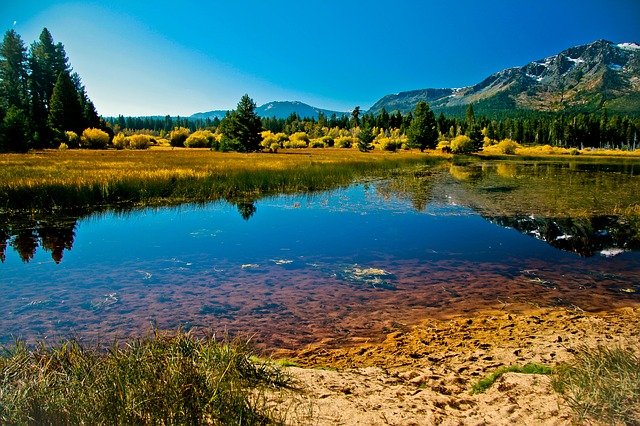The Clean Water Act (CWA) empowers federal agencies to regulate activities that may affect “waters of the United States”—sometimes called “navigable waters.” These activities include water quality planning and discharge regulation by the US Environmental Protection Agency (EPA) and delegated states, and regulation of projects that may lead to “dredge and fill” of waters, requiring permits from the US Army Corps of Engineers (Corps).
However, CWA does not define this critical term. For many years, agencies used regulatory definitions jointly developed by EPA and the Corps in rules that date primarily from 1986, which included ambiguities that increased agency discretion but also frustrated landowner aspirations in some cases. However, beginning in 2001 a series of decisions by the US Supreme Court frayed the expansive edges of the regulators’ interpretations. First, in Solid Waste Agency of Northern Cook County v. U.S. Army Corps of Engineers (SWANCC), the Court ruled that the Corps lacks jurisdiction over “isolated” waters and wetlands that are not “adjacent” to navigable waters—such as “prairie potholes,” mudflats, and freshwater seasonal ponds. Then, in Rapanos v. United States, the Court ruled in 2006 that the Corps can exert jurisdiction over non-adjacent wetlands where there is a “significant nexus” between the wetlands and navigable waters (in addition, the wetlands must be at least “relatively permanent”).
Read More
